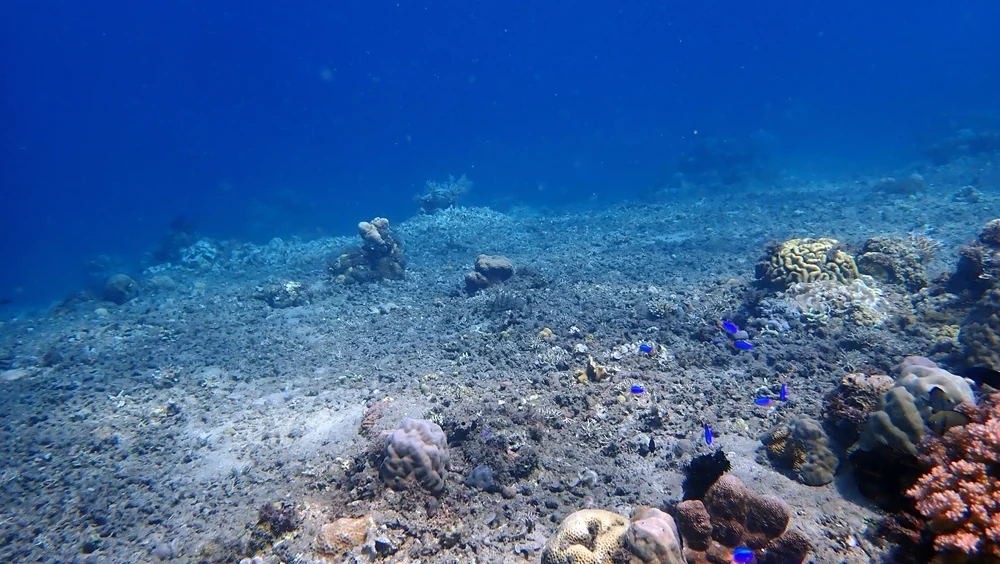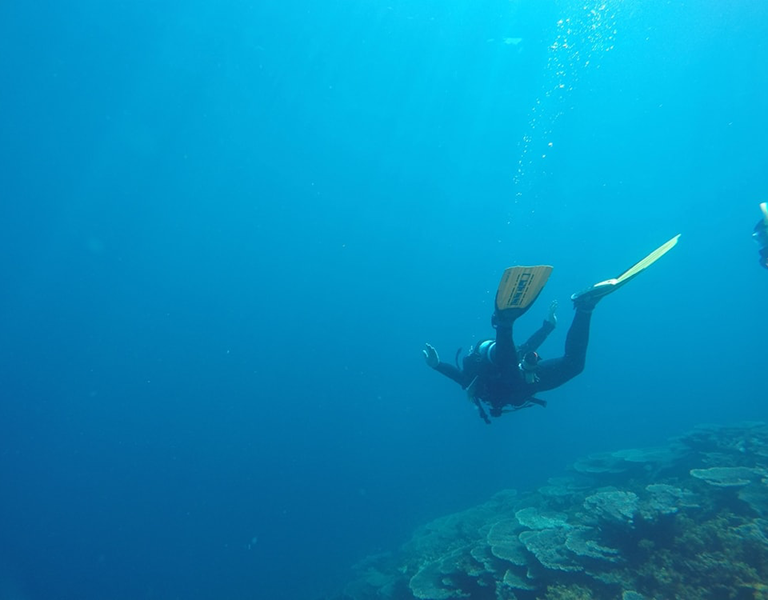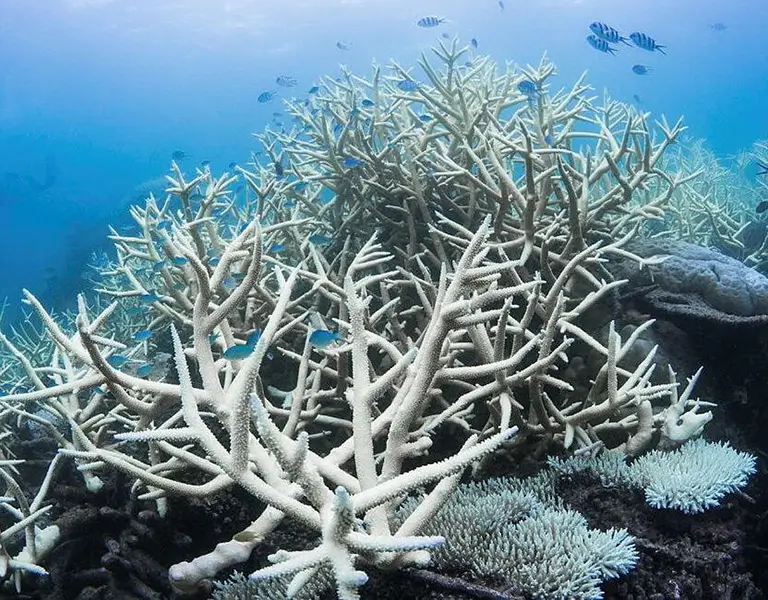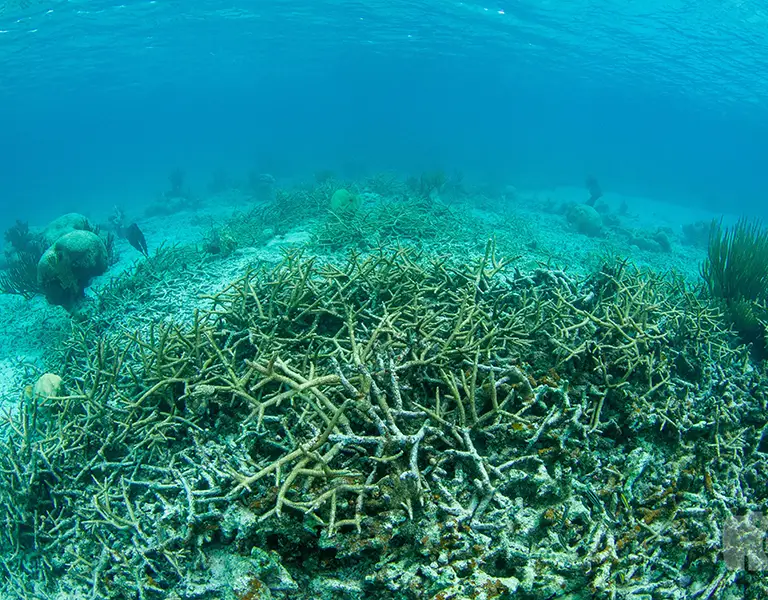Introduction
Coral reefs are often called the “rainforests of the sea,” supporting an extraordinary diversity of marine life while providing essential benefits to human communities worldwide. Beyond their breathtaking beauty and ecological significance, coral reefs represent a crucial economic asset that contributes billions of dollars annually to the global economy. As climate change, pollution, and other threats to coral reefs accelerate coral reef degradation, the economic consequences extend far beyond environmental concerns, affecting industries, livelihoods, and national economies across the planet.
Here we explore the multi-faceted economic impacts of coral reef loss, from tourism and fisheries to coastal protection and pharmaceutical innovation, demonstrating why preserving these vital ecosystems is not only an environmental imperative but also an economic necessity.
Key Economic Impacts of Coral Reef Loss
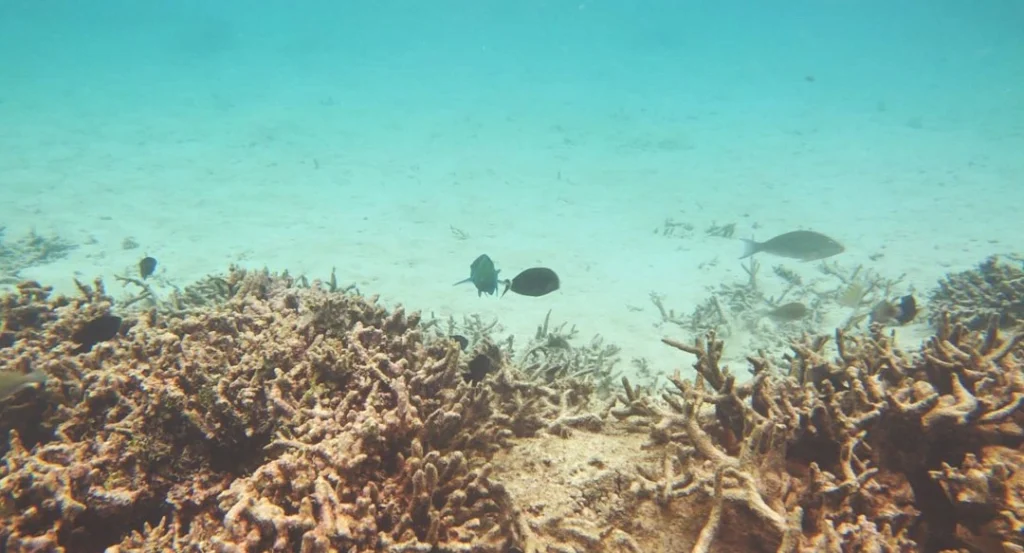
1. Tourism Industry Devastation
The vibrant underwater landscapes created by coral reefs draw millions of visitors annually, generating substantial tourism revenue for coastal communities and national economies. This reef-dependent eco-tourism encompasses activities like snorkeling, scuba diving, glass-bottom boat tours, and beach recreation.
Economic Value:
- The global tourism value directly attributed to coral reefs is estimated at approximately $10 billion per year1
- When considering the broader tourism ecosystem supported by reefs (hotels, restaurants, transportation, etc.), the economic value exceeds $36 billion annually¹
- Reef-based tourism supports over 1 million jobs worldwide2
Impact of Reef Loss:
- Severely degraded reefs experience 80-90% reduction in tourist visitation3
- Job losses cascade through the entire tourism supply chain
- Local businesses dependent on reef tourism face closure or significant revenue decline
- Property values in reef-adjacent tourist destinations decrease by up to 30%4
Case Study: The Great Barrier Reef

Australia’s Great Barrier Reef generates an estimated $6.4 billion annually and supports approximately 64,000 jobs in the tourism sector5. Recent studies show that following major coral bleaching events, tourist numbers decreased by 10-20%, resulting in economic losses exceeding $1 billion. Tourism operators report that even the perception of reef degradation can drive visitors to alternative destinations.
2. Fisheries Collapse and Food Security Crisis
Coral reefs serve as essential breeding grounds, nurseries, and habitats for approximately 25% of all marine species6, including many commercially important fish. These coral reef ecosystems provide protein, income, and livelihoods for hundreds of millions of people worldwide.
Economic Value:
- Global reef fisheries are valued at $6.8 billion annually7
- Over 500 million people depend on reef fisheries for food security and income8
- Small-scale reef fisheries support approximately 6 million fishers across developing countries⁷
Impact of Reef Loss:
- Fish biomass declines by 60-80% when reefs degrade
- Species diversity drops by 20-40%, affecting commercially valuable species
- Fishing communities experience reduced catches and income
- Food security crisis intensifies in reef-dependent regions
- Alternative livelihoods become necessary but are often unavailable
Case Study: Caribbean Reef Fisheries
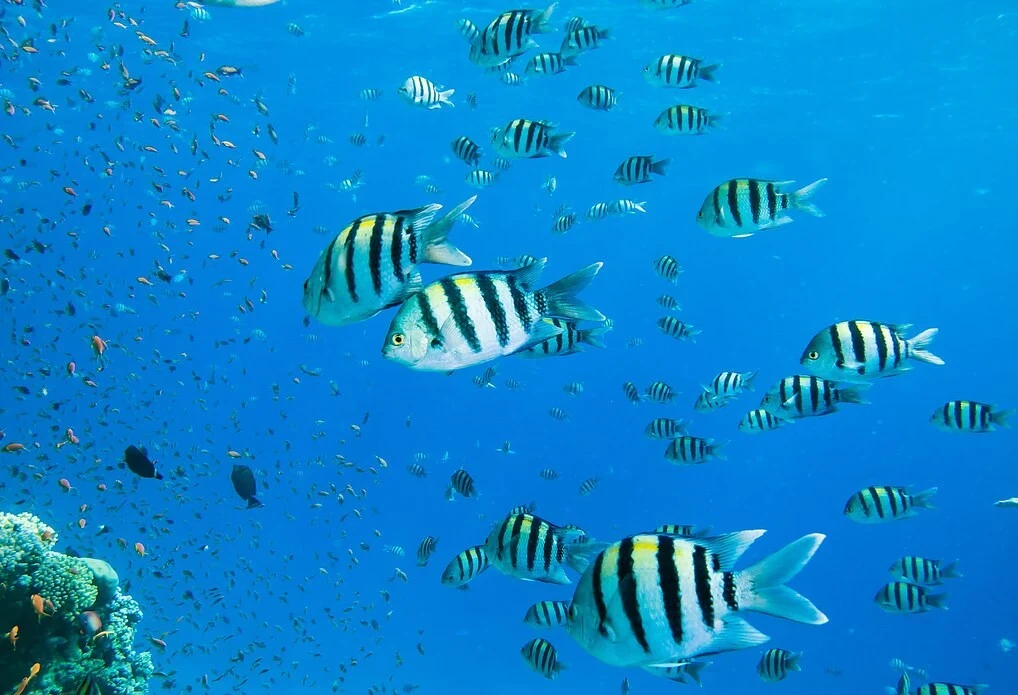
In the Caribbean, where reef degradation has reached critical levels in many areas, fisheries production has declined by over 40% in the past three decades. Local economies heavily dependent on reef fishing have suffered dramatically, with annual losses estimated at $310 million across the region. Communities face rising unemployment, increased food insecurity, and social instability as traditional fishing livelihoods become unsustainable.
3. Coastal Protection Loss and Infrastructure Damage
Healthy coral reefs act as natural breakwaters, absorbing up to 97% of wave energy9 before it reaches shorelines. This physical barrier provides critical protection against storms, erosion, and flooding for coastal communities worldwide.
Economic Value:
- Coral reefs prevent an estimated $94 billion in coastal damage annually10
- Over 100 million people benefit from the coastal protection provided by reefs⁹
- The replacement cost of artificial coastal defenses would exceed $2 trillion globally
Impact of Reef Loss:
- Coastal erosion rates increase by 30-70% when reef barriers degrade
- Storm surge penetration extends 50-100% further inland
- Flooding frequency and intensity rise substantially
- Infrastructure damage costs increase by billions annually
- Insurance premiums in reef-adjacent areas rise significantly
- Costly artificial coastal defenses become necessary
Case Study: Flood Protection in South Florida
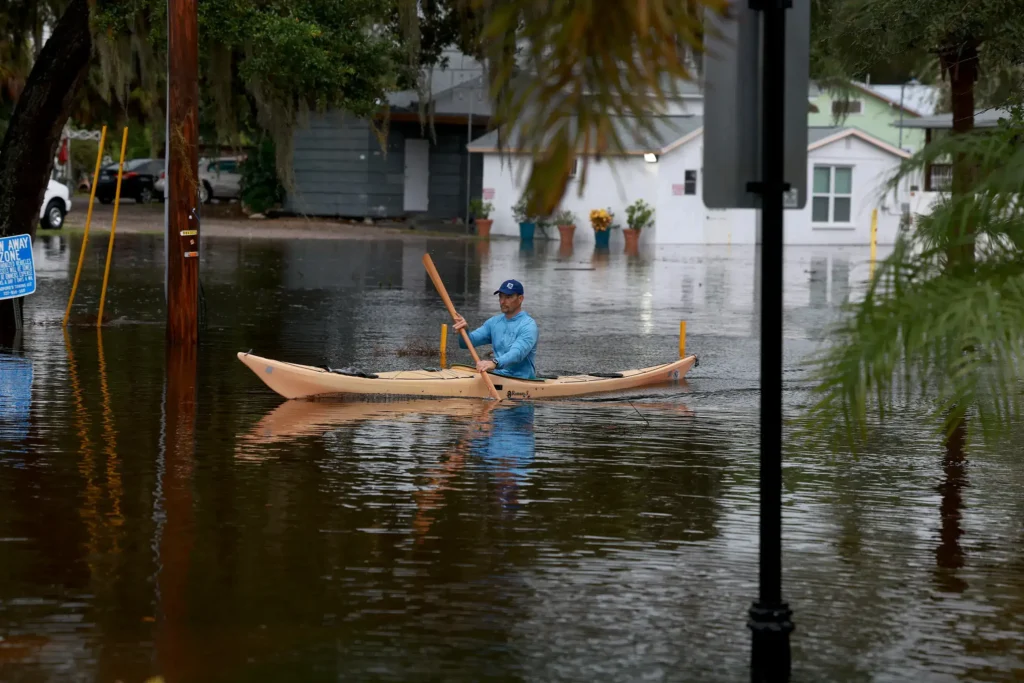
Research in Florida shows that coral reefs reduce wave energy by over 90% during storm events. A study by the U.S. Geological Survey found that a single bleaching event can increase flood risk and expected economic losses by 25-30%. In South Florida alone, the loss of reef protection could increase damage costs by $1.6 billion during a 100-year storm event. Commercial real estate values are already reflecting this increased risk, with properties in reef-protected areas commanding 16% higher prices than similar properties with degraded reef protection.
4. Loss of Essential Ecosystem Services
Beyond tourism, fisheries, and coastal protection, coral reefs provide numerous additional ecosystem services that support economic activities and human well-being.
Economic Value:
- Water filtration and waste assimilation worth an estimated $3.9 billion annually11
- Sand production for beaches supporting tourism valued at $2.1 billion per year¹¹
- Carbon sequestration services contributing to climate regulation
- Biodiversity support for interconnected marine ecosystems
Impact of Reef Loss:
- Decreased water quality requiring costly treatment infrastructure
- Beach erosion necessitating expensive sand replenishment programs
- Reduced carbon sequestration capacity exacerbating climate change
- Cascading biodiversity impacts affecting adjacent ecosystems
Case Study: Water Quality in the Caribbean

In the Caribbean, studies show that reef degradation has led to decreased water filtration capacity, resulting in poorer nearshore water quality. Tourism destinations have been forced to invest in water treatment facilities costing $25-50 million per location, while beaches experience accelerated erosion requiring sand replenishment programs costing $5-10 million per mile of coastline. These additional expenses directly impact the profitability of tourism operations and the economic sustainability of coastal communities.
5. Pharmaceutical and Biotechnology Potential Loss
Coral reef ecosystems represent one of the richest sources of marine biodiversity, providing unique compounds with immense potential for pharmaceutical, cosmetic, and biotechnology applications. These biodiversity hotspots contain countless species with untapped medical potential.
Economic Value:
- Marine biotechnology market valued at $6.4 billion annually12
- Over 25% of all new marine-derived compounds originate from reef organisms13
- Reef-derived compounds form the basis for treatments worth $3-5 billion annually14
Impact of Reef Loss:
- Reduced discovery of new bioactive compounds
- Lost opportunities for disease treatments and cures
- Decreased development of sustainable industrial applications
- Unrealized economic potential from novel pharmaceuticals
Case Study: Marine Pharmaceuticals
Compounds derived from coral reef organisms have led to breakthrough treatments, including AZT (used in HIV treatment), Prialt (chronic pain management), and Halaven (breast cancer treatment)¹⁴. The combined annual value of these treatments exceeds $3 billion. Scientists estimate that the loss of coral reef biodiversity could eliminate the discovery of 50-70% of potential new marine medicines, representing tens of billions in unrealized economic value.
6. Cascading Economic Effects on Local and Global Economies
The combined impacts of coral reef loss create ripple effects throughout local and global economies, affecting everything from government revenues to social stability.
Economic Value:
- Combined annual net benefits from coral reefs estimated at $29.8 billion worldwide15
- Total asset value calculated at nearly $800 billion over a 50-year period
- Economic foundation for countless coastal communities globally
Impact of Reef Loss:
- Government tax revenue decreases from tourism and fisheries declines
- Social service costs increase as livelihoods are disrupted
- Population displacement and migration from affected coastal areas
- Economic inequality intensifies as reef-dependent communities suffer
- Development opportunities diminish in affected regions
Case Study: Indonesia’s Reef-Dependent Economy

In Indonesia, home to the world’s most extensive coral reef system, reef-related industries contribute over $3 billion annually to the national economy and support more than 1 million jobs. Studies project that continued reef degradation could reduce these revenues by up to 75%, threatening economic stability in coastal regions where alternative livelihoods are limited. Government analyses indicate that maintaining reef health would deliver economic benefits 15-20 times greater than the costs of conservation measures.
Economic Risk and Insurance Implications
The loss of coral reefs dramatically alters the risk profile for coastal communities, businesses, and insurers, creating significant financial implications.
Current Impacts:
- Insurance premiums in reef-adjacent areas have increased by 30-45% in high-risk regions
- Property devaluation of 15-25% in areas with severely degraded reef protection
- Increased capital requirements for coastal development projects
- Emergence of specialized “reef insurance” products worth $100 million+ annually
Future Projections:
- Potential uninsurability of some coastal areas by 2035-2040
- Estimated $350 billion in additional property risk exposure by 2050
- Public sector facing increased disaster recovery costs by 50-80%
- Economic development constraints in vulnerable coastal regions
Case Study: Mexico’s Reef Insurance Initiative
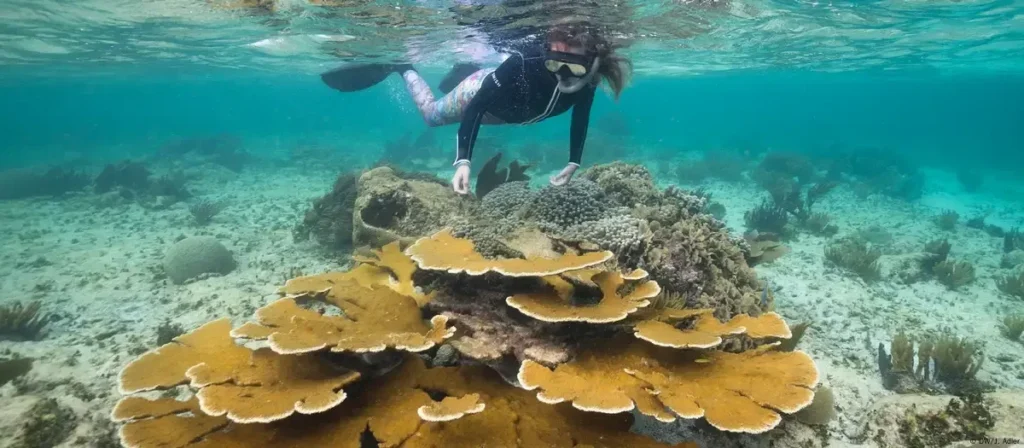
In Quintana Roo, Mexico, the world’s first reef insurance policy was established to protect against hurricane damage. When triggered, the policy provides immediate funds for reef restoration, recognizing that rapid response can prevent further degradation and maintain the reef’s economic value. This innovative financial mechanism acknowledges the economic asset value of reefs and represents a growing trend of incorporating natural capital into financial risk assessments.
Comprehensive Economic Impact Summary
| Economic Sector | Annual Global Value | Projected Losses by 2050 | Communities Affected | Jobs Impacted |
| Tourism | $10+ billion direct $36+ billion indirect | $15-20 billion | 850+ coastal destinations | 1+ million |
| Fisheries | $6.8 billion | $3-4 billion | 500+ million people | 6+ million fishers |
| Coastal Protection | $94 billion (damage prevented) | $32-41 billion (additional damage) | 100+ million coastal residents | Indirect impact on all coastal industries |
| Ecosystem Services | $6+ billion | $2-3 billion | Global impact | Indirect impacts across sectors |
| Pharmaceuticals | $3-5 billion | $5-7 billion (unrealized potential) | Global healthcare systems | Research and development sector |
| Total Economic Impact | $150+ billion annually | $55-75 billion annually | 700+ million people | 8+ million direct jobs |
About Coral Vita
Coral Vita is a mission-driven company dedicated to restoring our world’s dying and damaged reefs. Using innovative land-based farming techniques, Coral Vita grows diverse and resilient corals in months instead of the decades they take in nature. These corals are then transplanted into threatened reefs, helping to preserve ocean biodiversity while protecting coastal communities that depend on healthy reefs for protection, food, and income].
Founded by environmental entrepreneurs Sam Teicher and Gator Halpern, Coral Vita’s high-tech coral farms incorporate breakthrough methods to restore reefs in the most effective way possible. In 2021, the company was recognized as the inaugural winner of Prince’s William’s Revive Our Oceans Earthshot Prize Winner for their pioneering work in coral restoration.
To learn more about Coral Vita’s work or to get involved in coral reef conservation efforts, visit their website at www.coralvita.co or contact them directly through their Contact Us page.
Frequently Asked Questions
How much money do coral reefs generate globally each year?
Coral reefs generate an estimated $150+ billion in economic value annually through tourism, fisheries, coastal protection, and other ecosystem services. Their asset value is calculated at nearly $800 billion over a 50-year period.
Which industries are most affected by coral reef degradation?
Tourism experiences immediate revenue losses when reefs degrade, while fisheries suffer from depleted stocks and reduced catches. Other significantly affected sectors include coastal real estate, insurance, and biotechnology research that depends on reef biodiversity.
How many people depend economically on coral reefs?
Approximately 500 million people depend directly on reef fisheries for food security and income. An additional 200+ million rely on reef-related tourism, coastal protection, and other economic benefits provided by healthy reef ecosystems.
What is the return on investment for coral reef conservation?
Every dollar invested in reef conservation yields $5-15 in economic benefits through sustained tourism, fisheries, and coastal protection. Well-managed marine protected areas typically recover their costs within five years while providing continued economic benefits.
What economic tools are being developed to protect coral reef assets?
Innovative economic mechanisms include reef insurance policies, blue bonds, tourism fees dedicated to conservation, and carbon credit programs that monetize reef ecosystem services. These market-based approaches are creating new funding streams for reef protection while recognizing their economic value.
The Economic Case for Coral Reef Restoration
The economic consequences of coral reef loss extend far beyond environmental concerns, threatening industries, livelihoods, and the well-being of hundreds of millions of people worldwide. With an estimated $150+ billion in annual economic value at stake and projected losses of $55-75 billion by 2050, the financial case for reef conservation and restoration is compelling.
Investing in coral reef protection and restoration represents not just an environmental obligation but a sound economic strategy that can deliver returns far exceeding the costs. Studies consistently demonstrate that every dollar invested in reef conservation yields $5-15 in economic benefits through sustained tourism, fisheries, coastal protection, and other ecosystem services.
Innovative companies like Coral Vita demonstrates how economic solutions and environmental restoration can work in tandem. By developing high-tech coral farms that grow resilient corals up to 50 times faster than natural rates, Coral Vita is creating a scalable model for reef restoration that can be implemented worldwide. Their for-profit approach transforms conservation from a purely philanthropic activity into a sustainable business model that creates jobs, attracts investment, and generates multiple revenue streams while addressing ecological decline.
This “restoration economy” concept could revolutionize how we approach environmental challenges. Rather than viewing conservation and economic development as opposing forces, Coral Vita’s model shows how they can be aligned to create mutual benefits. Their restoration-as-a-service approach enables reef-dependent businesses and governments to invest in the natural infrastructure that sustains their economic activities, creating a virtuous cycle of ecological and economic renewal.
As climate change accelerates and human pressures on reef systems intensify, recognizing and harnessing the true economic value of coral reefs becomes increasingly urgent. The development of commercial coral farming represents an innovative adaptation strategy that can help preserve reef ecosystems despite the threats they face, sustaining both biodiversity and human prosperity in coastal regions around the world.
By understanding these economic dimensions and supporting innovative solutions like Coral Vita’s restoration work, policymakers, businesses, and communities can make informed decisions that protect both natural resources and economic well-being for generations to come.
References
- Spalding, M., Burke, L., Wood, S. A., Ashpole, J., Hutchison, J., & zu Ermgassen, P. (2017). Mapping the global value and distribution of coral reef tourism. Marine Policy, 82, 104-113. https://www.sciencedirect.com/science/article/pii/S0308597X17300635 ↩︎
- NOAA Office for Coastal Management. (2025). Fast Facts: Coral Reefs. https://coast.noaa.gov/states/fast-facts/coral-reefs.html ↩︎
- Brander, L. M., Rehdanz, K., Tol, R. S., & Van Beukering, P. J. (2012). The economic impact of ocean acidification on coral reefs. Climate Change Economics, 3(1), 1250002. https://www.worldscientific.com/doi/abs/10.1142/S2010007812500024 ↩︎
- Beck, M. W., Losada, I. J., Menéndez, P., Reguero, B. G., Díaz-Simal, P., & Fernández, F. (2018). The global flood protection savings provided by coral reefs. Nature Communications, 9(1), 2186. https://www.nature.com/articles/s41467-018-04568-z ↩︎
- Great Barrier Reef Foundation. (2017). Value of the Reef. https://www.barrierreef.org/the-reef/the-value ↩︎
- UN Environment Programme. (2025). Coral Reefs. https://www.unep.org/topics/ocean-seas-and-coasts/blue-ecosystems/coral-reefs ↩︎
- Reef Resilience Network. (2024). Importance of Reef Fisheries. https://reefresilience.org/management-strategies/coral-reef-fisheries-module/coral-reef-fisheries/importance-of-reef-fisheries/ ↩︎
- Spalding, M., Ravilious, C., & Green, E. P. (2001). World Atlas of Coral Reefs. University of California Press. https://www.ucpress.edu/book/9780520232549/world-atlas-of-coral-reefs ↩︎
- Ferrario, F., Beck, M. W., Storlazzi, C. D., Micheli, F., Shepard, C. C., & Airoldi, L. (2014). The effectiveness of coral reefs for coastal hazard risk reduction and adaptation. Nature Communications, 5(1), 3794. https://www.nature.com/articles/ncomms4794 ↩︎
- Costanza, R., d’Arge, R., De Groot, R., Farber, S., Grasso, M., Hannon, B., … & Van Den Belt, M. (1997). The value of the world’s ecosystem services and natural capital. Nature, 387(6630), 253-260. https://www.nature.com/articles/387253a0 ↩︎
- Burke, L., Reytar, K., Spalding, M., & Perry, A. (2011). Reefs at Risk Revisited. World Resources Institute. https://www.wri.org/research/reefs-risk-revisited ↩︎
- Nature. (2020). Why a landmark treaty to stop ocean biopiracy could stymie research. Nature, 579(7798), 15-16. https://www.nature.com/articles/d41586-020-00912-w ↩︎
- Bruckner, A. W. (2022). Life-Saving Products from Coral Reefs. Issues in Science and Technology, 38(4), 29-35. https://issues.org/p_bruckner-coral-reefs-importance/ ↩︎
- Jiménez, P. C., Wilke, D. V., & Costa-Lotufo, L. V. (2018). Marine drugs for cancer: surfacing biotechnological innovations from the oceans. Clinics, 73, e482s. https://www.ncbi.nlm.nih.gov/pmc/articles/PMC6096976/ ↩︎
- US Environmental Protection Agency. (2025). Basic Information about Coral Reefs. https://www.epa.gov/coral-reefs/basic-information-about-coral-reefs ↩︎
